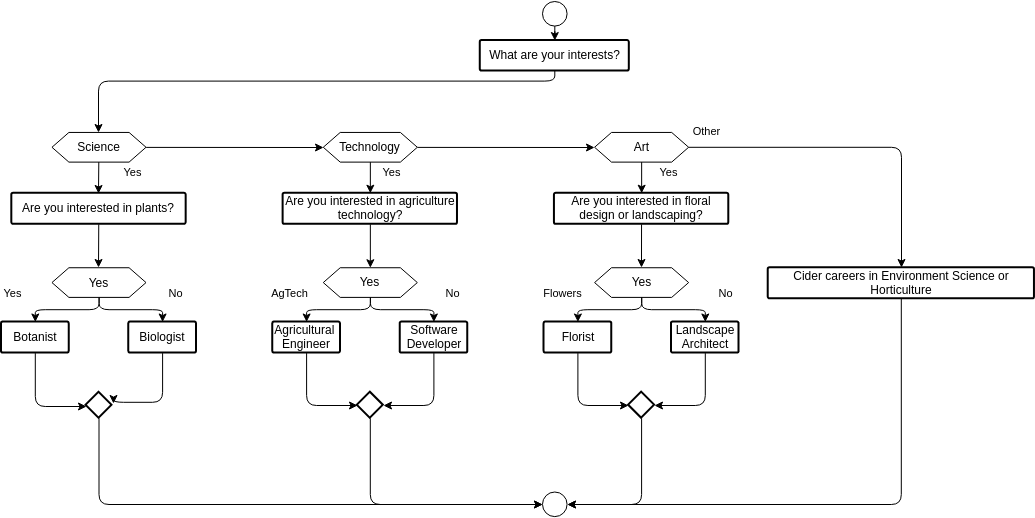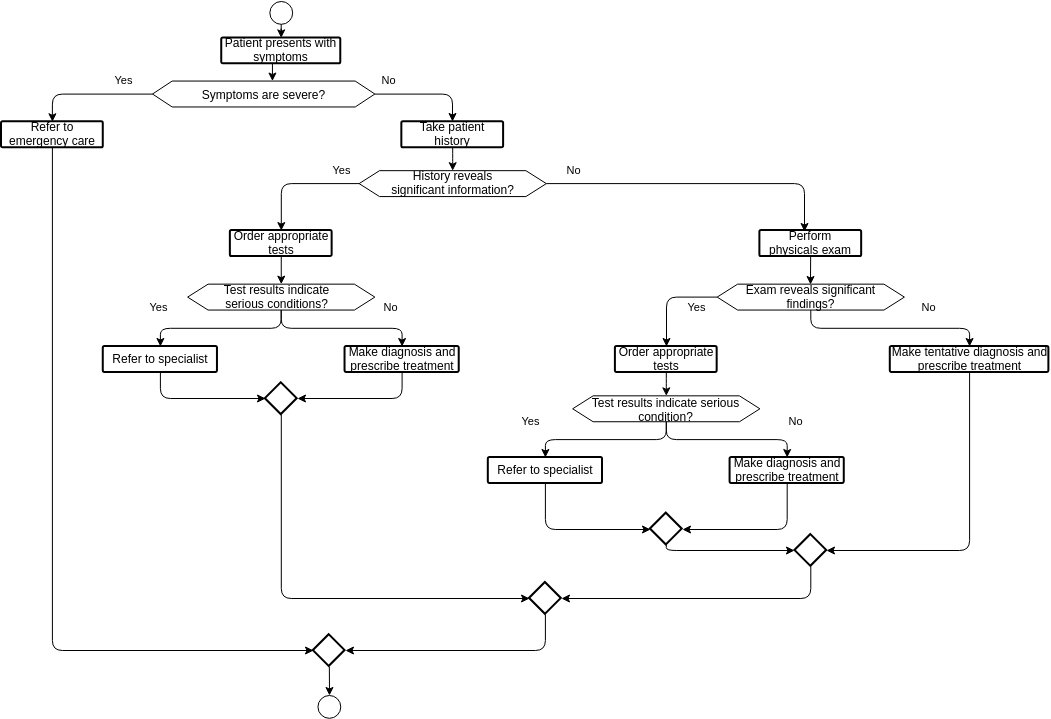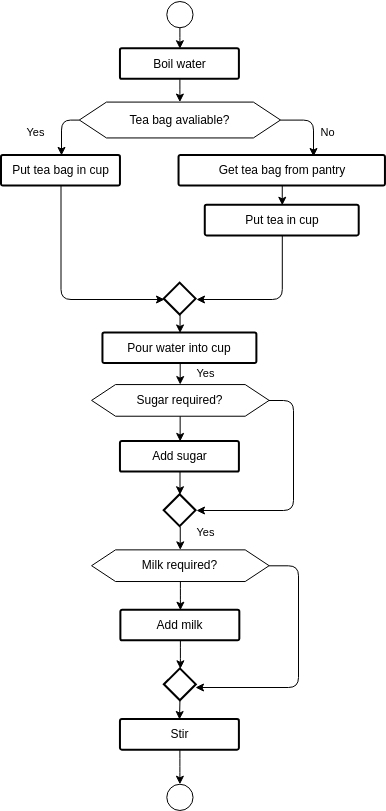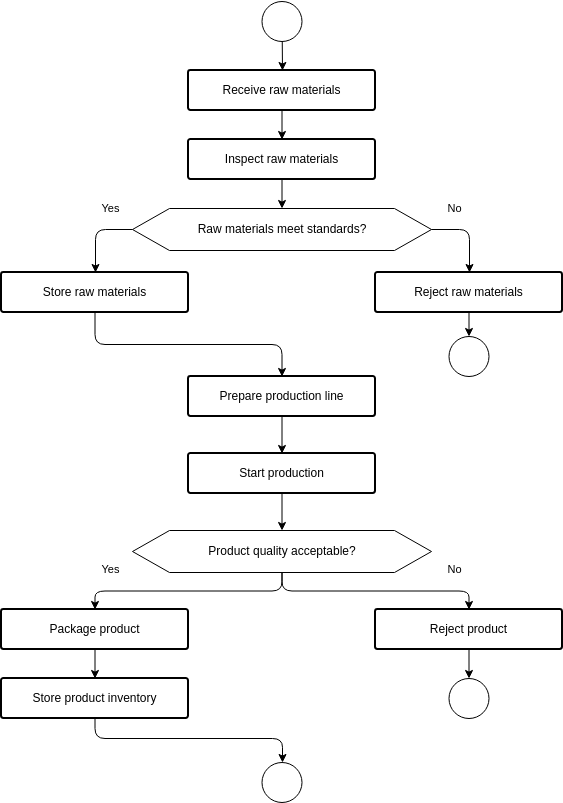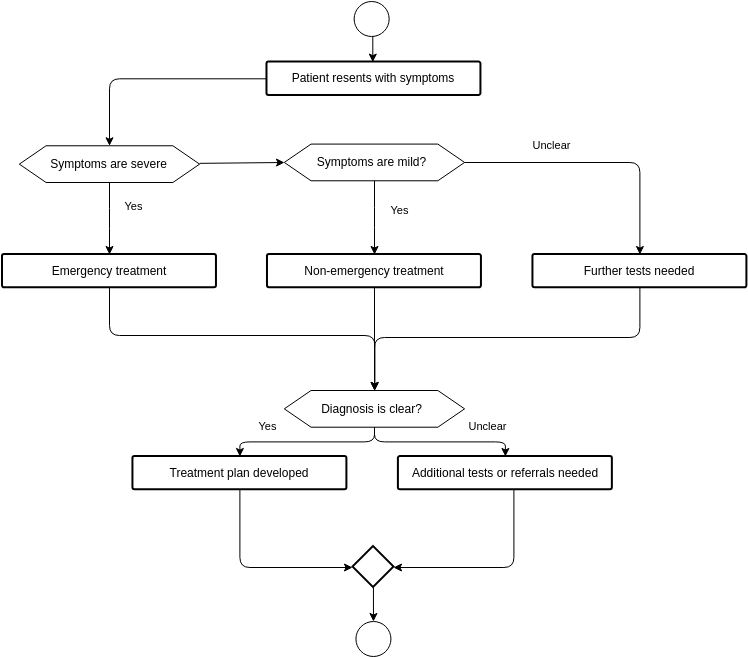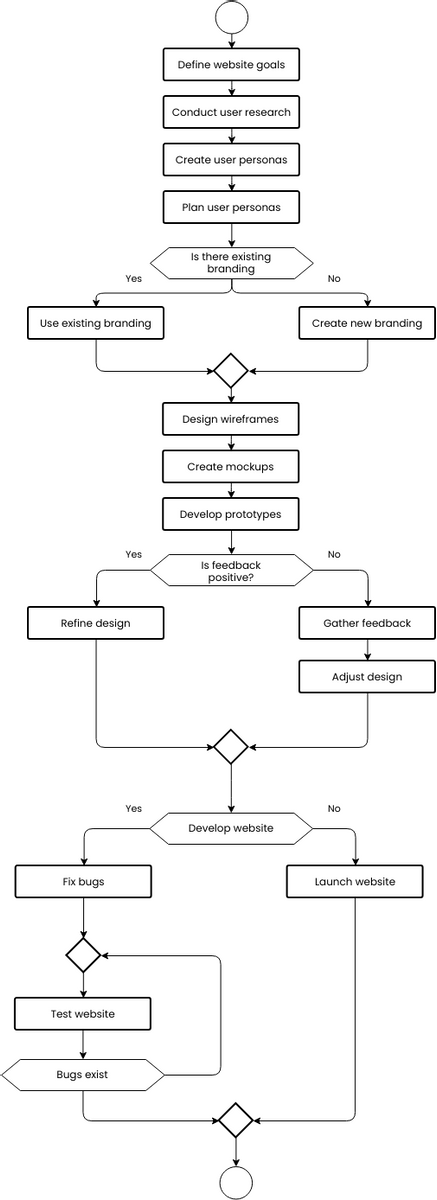The Training Process Flowchart outlines the steps involved in creating and implementing a training program. The first step is to identify training needs. This involves assessing the current skills and knowledge of employees and identifying areas where additional training is needed. By identifying training needs, businesses can ensure that their employees have the skills and knowledge they need to be successful in their roles.
Once the training needs have been identified, the next step is to design a training program. This involves creating a plan for the training program, including the topics to be covered, the learning objectives, and the training methods and materials to be used. By designing a training program, businesses can ensure that their employees receive a comprehensive and effective training experience.
The next step is to develop online training modules. This involves creating digital resources, such as videos, quizzes, and interactive modules, that employees can access at their convenience. Online training modules are often cost-effective and allow employees to learn at their own pace. By providing online training modules, businesses can ensure that their employees have access to training resources that are flexible and convenient.
After developing online training modules, the next step is to implement online training. This involves making the training modules accessible to employees and tracking their progress. Online training can be an effective way to deliver training to employees who work remotely or have busy schedules. By implementing online training, businesses can ensure that their employees have access to training resources that are easy to use and accessible.
The next steps in the training process involve selecting a trainer, selecting a venue, conducting classroom training, choosing other training methods, collecting feedback, certifying participants, and providing additional training. These steps are integral to the training process and ensure that employees receive the training they need to be successful in their roles. By selecting a qualified trainer, choosing an appropriate venue, and providing a variety of training methods, businesses can ensure that their employees receive a comprehensive and effective training experience.
Benefits of creating training process flowchart
Creating a training process flowchart can bring several benefits to businesses. Firstly, a training process flowchart can help businesses create a clear and concise representation of the training program. By visualizing the steps involved in the training process, businesses can better understand how it works and identify areas for improvement. This can help businesses optimize their training programs for efficiency, reduce errors, and improve consistency.
Secondly, a training process flowchart can help businesses improve communication and collaboration among employees involved in the training process. By providing a visual representation of the training process, businesses can ensure that all employees involved in the training program are on the same page and understand their roles and responsibilities. This can help improve communication and collaboration among employees, leading to a more efficient and effective training program overall. Ultimately, creating a training process flowchart can help businesses ensure that their employees have the skills and knowledge they need to be successful in their roles, leading to improved productivity, reduced errors, and increased business growth and success.
Searching for some flowchart templates? Go to Visual Paradigm Online and select some designs for customization now!

